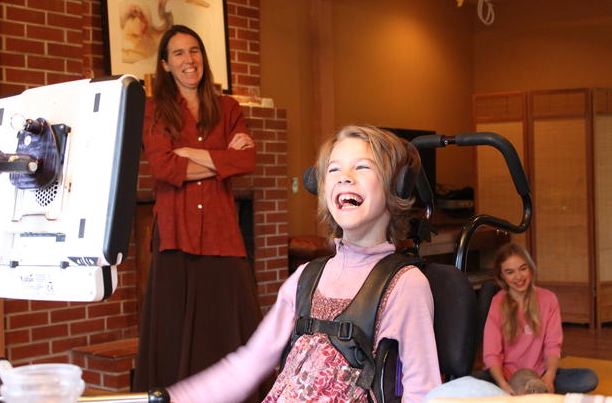Is eye tracking a technology that benefits people living with disabilities, by serving as their “voice” in their professional and private lives? Or is eye tracking technology a powerful marketing tool, allowing professionals to create better, clearer websites?
Eye tracking technology is both of these things and so much more. Below, we cover four ways eye tracking is being applied across multiple industries and disciplines:
1. Eye tracking helps researchers determine the effectiveness of anti-smoking legislation. Australians have even wrestled with the idea of removing all branding from cigarette packaging, and eye tracking research is playing an important part in the outcome of the debate. Researchers at the University of Bristol are using eye tracking and fMRI techniques to study the actual effects of such packaging. According to the studies, brand-free packaging makes cigarettes less appealing to teenagers, perhaps because it makes health warnings on the labels more prominent.
2. Eye tracking technology is making new cars safer. Your next car may be much safer to drive, and eye tracking will be partly responsible. According to ABI Research, global shipments of factory-installed Driver Monitoring Systems (DMS) based on interior facing cameras will reach 6.7 million this year. Eye tracking technology offers a peek into this process firsthand because it allows researchers to observe where our brains choose to look.
3. NYU researchers are hard at work, advancing eye tracking technology as a biomarker for brain injury. Researchers at New York University’s (NYU) Langone Medical Center are working on new technology that can find the location and assess the impact of a brain injury by tracking patients’ eye movements. The patients are instructed to watch music videos for less than four minutes, and researchers use a device to track the movements of their eyes, looking for patterns that would indicate aspects of their injury.
4. Eye tracking continues to be an important assistive technology for those living with disabilities. Eye tracking devices, like our Eyegaze Edge®, help individuals with no control, or only limited control, over their hand movements. Eye trackers follow the movement of the eyes to allow the person to navigate the web and to type on custom screens. People living with a number of disabilities and degenerative diseases are benefiting from eye tracking technology, including patients with ALS (Lou Gehrig’s disease), multiple sclerosis, brain injuries, muscular dystrophy, cerebral palsy, spinal cord injuries and more. Eye tracking devices allow people to use the power of their eyes to communicate with the world.

